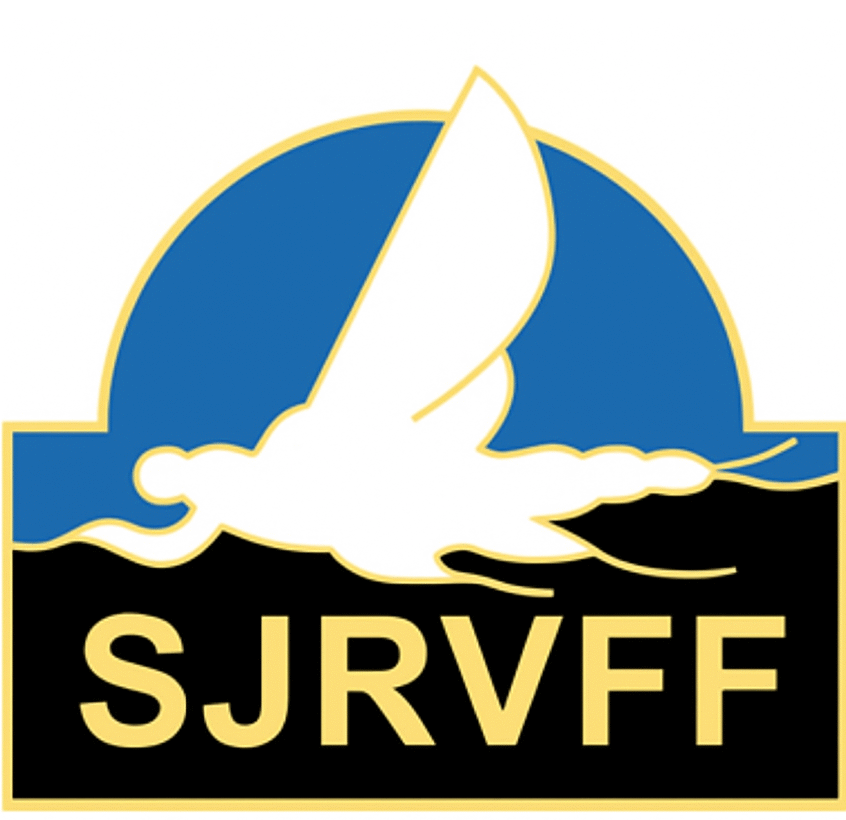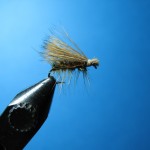Elk Hair Caddis – Peacock Style
Caddisflies are a very prolific aquatic insect and are an important bug to the fly fisher. They come in many varieties. Compared to the mayfly, the mayfly has 200 species in 30 genera and 12 families while the caddisfly has roughly 1400 species, 147 genera, and 22 families.
A number of Michigan stream hatch charts show caddisfly hatches occurring from late April through the end of August, with hatches generally occurring in the afternoons. On the Au Sable, the olive caddis starts in the third week of May and continues to the end of August.
The elk hair caddis has been tied in many variations since Al Troth first originated the fly. One of the variations is to use peacock herl for the body. Peacock herl is a wonderful fish attractive material because of the various colors and hues it presents under various lighting conditions. There are also opportunities for other variations with the proliferation of new synthetic materials that have come on the market recently. One of these materials that I plan to experiment with is to use ice dubbing for the body.
The elk hair caddis is a dry fly and needs to be fished like one. This means drag free drifts. However, don’t be afraid to fish the fly when there is no caddis hatch present. I have caught as many trout on the elk hair caddis without a hatch present as I have during a hatch. I have had my most success in the smaller sizes of 16 and 18.
Hook: Dry Fly Hook Sizes 14 – 18 (Mustad 94833 or TMC 100)
Thread: Brown or Tan 70 denier (Uni-Thread 8/0)
Body: Peacock Herl
Ribbing: Fine Gold Wire
Wing: Cream Colored Elk Flank Hair
Hackle: Ginger
Tying Instructions:
1. Attach thread and wrap to the hook barb. Attach fine gold wire.
2. Attach 3 – 4 strands of peacock herl by the tip at rear of hook.
3. Wrap thread around peacock herl and wrap body to within one hook eye of the front of the hook. Trim excess material.
4. Attach hackle of appropriate size by the butt end at the front of the hook.
5. Wrap hackle to rear of hook with open spirals. Tie off hackle with three wraps of the gold wire and trim the excess hackle.
6. Spiral wire to the front of the hook, taking care that you do not trap too many hackle fibers. Tie off wire and trim excess.
7. Prepare the elk hair by cleaning the under fur from a small bunch of elk hair (about the diameter of 1 – 2 match sticks depending on the size of the fly). Stack the elk hair and tie in immediately behind the hook eye. Keep a tight pinch on the elk hair while tying it in to ensure the elk hair stays on the top of the hook. The wing should extend to the back of the hook.
8. Whip finish and trim the butt ends of the elk hair even with the outer edge of the hook eye to represent the head of the insect.

